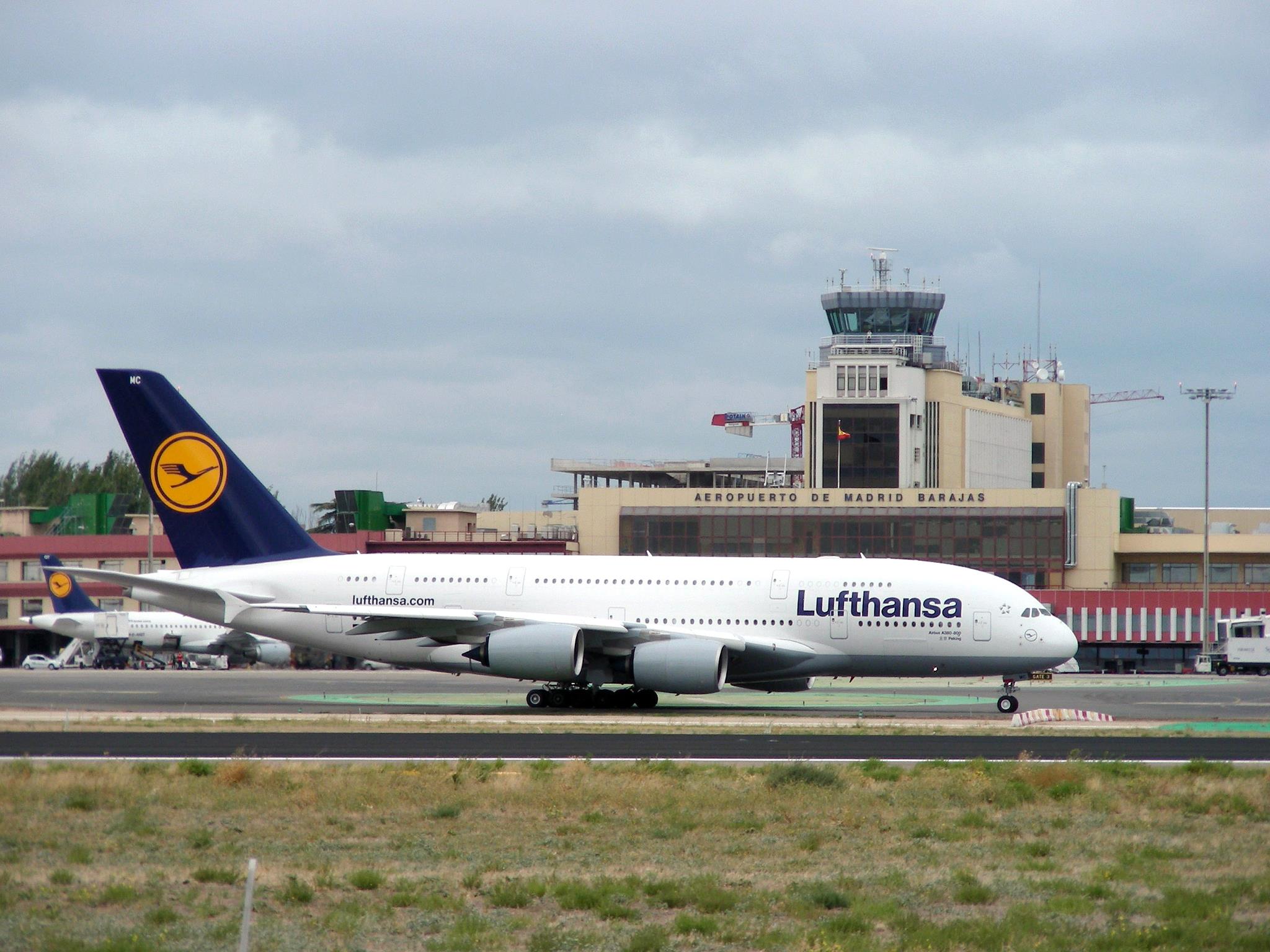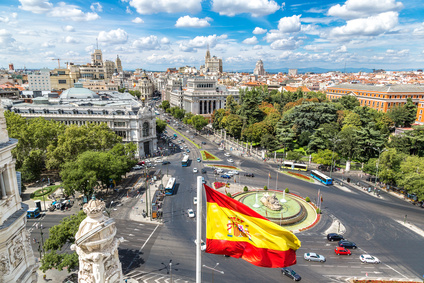A Comprehensive Travel Guide: Barcelona, Girona, Figueres, Tarragona, and Sitges

A Comprehensive Travel Guide: Barcelona, Girona, Figueres, Tarragona, and Sitges
This itinerary explores the vibrant heart of Catalonia, a region in northeastern Spain renowned for its unique culture, stunning architecture, sun-kissed beaches, and profound history. The loop, starting and ending in Barcelona, takes travelers through a diverse landscape of cosmopolitan cities, medieval towns, and serene coastal gems. From the surrealist dreams of Salvador Dalí to the imposing remnants of Roman civilization, this journey offers a deep and enriching Catalan experience.
Trip Overview and Logistics
This circular route is designed to be comfortably completed over 7 to 10 days, allowing for a thorough exploration of each destination. The primary hub is Barcelona, with strategic day trips or overnight stays in other cities.
Part 1: Barcelona - The Catalan Capital
Barcelona is a city of boundless energy, a dazzling tapestry of Gothic alleys, modernist masterpieces, and bustling boulevards leading to the Mediterranean Sea.
Major Attractions
Food & Drink
Barcelona's culinary scene is world-class. Tapas bars are ubiquitous; favorites include
patatas bravas (spicy potatoes), jamón ibérico (cured ham), and pan con tomate (bread with tomato). For a more local experience, venture into the Barceloneta neighborhood for fresh seafood paella. Must-try drinks include Cava (Spanish sparkling wine) and Vermut, a locally beloved aperitif.Cultural Insight
Barcelona is the proud capital of Catalonia, a region with a distinct language (Catalan) and a strong sense of cultural identity. Visitors will see the Catalan flag displayed widely. The city's architecture, particularly Modernisme (the Catalan version of Art Nouveau), is a point of immense local pride, symbolizing a cultural renaissance.
Part 2: Girona - The Medieval Jewel
A short train ride north from Barcelona lies Girona, a beautifully preserved medieval city where history feels palpably alive.
Major Attractions
Food & Drink
Girona is a gastronomic powerhouse. It's home to El Celler de Can Roca, repeatedly named the world's best restaurant. While securing a reservation there is difficult, the city is filled with exceptional restaurants serving modern Catalan cuisine. Don't miss the local
xuixo, a cylindrical pastry filled with crema catalana.Transportation from Barcelona
The high-speed AVE train from Barcelona Sants station to Girona takes approximately 40 minutes. Regional trains are also available and take about 1 hour and 20 minutes.
Part 3: Figueres - The Surrealist Dream
A short journey further north from Girona brings visitors to Figueres, the birthplace of Salvador Dalí and home to his extraordinary self-designed museum.
Major Attraction
Food & Drink
Figueres offers traditional Catalan fare. Look for restaurants serving
mar i muntanya (surf and turf) dishes, such as chicken with lobster (pollastre amb llagosta). The Empordà region surrounding Figueres is also known for its excellent wines.Transportation from Girona/Barcelona
Figueres is easily reached by train from both Girona (approx. 30-40 mins) and Barcelona (approx. 55 mins on high-speed). The museum is a short walk from the Figueres train station.
Part 4: Return to Barcelona & Journey South
After returning to Barcelona from the northern loop, the journey continues south along the Costa Dorada ("Gold Coast"). This leg explores ancient Roman history and relaxed beach culture.
Part 5: Tarragona - The Roman Footprint
Tarragona is a UNESCO World Heritage site that was once the capital of Roman Hispania. Its impressive ruins are integrated seamlessly into the modern city.
Major Attractions
Food & Drink
Tarragona's cuisine reflects its coastal location. Specialties include romesco sauce, typically served with fish, and "
xató," a salad with salt cod and a nut-and-pepper-based sauce. The area is also part of the Cava denomination of origin.Transportation from Barcelona
Frequent trains run from Barcelona Sants or Estació de França to Tarragona. The journey takes between 30 minutes (high-speed) to 1 hour (regional).
Part 6: Sitges - The Stylish Seaside Escape
A short trip down the coast from Tarragona (or directly from Barcelona) is Sitges, a chic and picturesque coastal town known for its beautiful beaches, vibrant festival culture, and historic old town.
Major Attractions
Food & Drink
Sitges is perfect for enjoying fresh seafood at a beachfront restaurant (
xiringuito). Local dishes often feature squid and grilled fish. The town also has a lively nightlife and cafe scene along its pedestrianized streets.Transportation from Barcelona/Tarragona
Sitges is easily accessible by train from Barcelona (approx. 35-40 minutes on the R2 Sud line). From Tarragona, one can take a regional train north, which takes about 45 minutes.
Final Return to Barcelona & Departure
The trip concludes with a final return to Barcelona. From Sitges or Tarragona, it is a straightforward train journey back to the capital. This allows for last-minute souvenir shopping in the Born district, one final stroll along the beach at Barceloneta, or a farewell dinner featuring all the Catalan favorites.
Accommodation Tips for the Entire Trip
A Note on Catalan Culture and Etiquette
Understanding a few key points enhances the travel experience significantly. Catalan is the primary language; while Spanish is widely spoken, learning a few basic Catalan phrases like "
Bon dia" (Good day) or "Gràcies" (Thank you) is appreciated. Catalans are generally direct and value punctuality. The region has a strong tradition of human towers (castells) and sardana dancing, which can often be seen in town squares during festivals. Respecting local customs and the distinct Catalan identity is an important part of being a responsible visitor.This journey through Catalonia offers an unparalleled blend of art, history, gastronomy, and natural beauty. From Gaudí's fantasies to Dalí's dreams, from Roman stones to golden sands, it captures the enduring spirit and captivating diversity of this unique part of Spain.


